Here I discuss the gadgets and equipment that currently adorn my kitchen.
Disclaimer: All the gadgets and equipment discussed in this page have been personally used in my kitchen and no company has sponsored me to advertise their product.
1. Why are you constantly recommending the use of pressure cookers? Aren’t pressure cookers inherently dangerous?
Answer: Well, yes, sub-standard pressure cookers can be dangerous but only as dangerous as sub-standard microwaves, electric kettles or gas stoves can be. In fact, an ill-maintained kitchen can be a very dangerous place for anyone, especially small children.
But coming back to pressure cookers, I recommend using them simply because nothing can cook food faster than these. Pressure cookers are fast simply because they cook at the temperature of steam—at over 500 degree Centigrade, and not at the temperature of water (that boils around 100 degree Centigrade) that open vessels like woks work with. Pressure cookers are also “green” because they help save fuel, which in any case is becoming more and more expensive. In addition, they preserve nutrition which is lost when food is cooked over extended periods of time. They also kill bacteria and can breakdown many a pesticide or chemical that our food may often be contaminated with.
On the cons, using pressure cookers requires a little more manual effort than pushing buttons on a microwave. You also have to ensure that the lid fits well, otherwise the cooker will NOT attain full pressure.
The only precaution I’d earnestly recommend is to use a pressure cooker that meets all safety standards and is manufactured by a reputed company. But then this prescription should apply to every gadget that we use in our households everyday.
Tip: Eating pressure cooked food after awhile, say 1-2 hours, enhances flavours as that gap allows all flavours to seep in properly.
2. Which brand of pressure cookers do you use?
 Answer: I have actually experimented with quite a few but have now more or less settled on the Hawkins Futura series. The reasons are: i) they are thick bottomed and anodised, so food doesn’t stick or burn that easily. They are for this reason alone eminently suitable for making Indian desserts like Rice Kheer (pudding), where constant stirring is required only if you use steel pressure cookers that I don’t recommend; ii) they have a wider opening (than other pressure cookers) that makes them easier to handle for double-boiling dishes like Caramel Custard; iii) they are low maintenance as I have never seen their safety valves fusing or blowing over—you only have to change their rubber gaskets once in a while; and iv) They are the smartest looking pressure cookers I’ve ever seen— You can buy them just for their space-age looks!
Answer: I have actually experimented with quite a few but have now more or less settled on the Hawkins Futura series. The reasons are: i) they are thick bottomed and anodised, so food doesn’t stick or burn that easily. They are for this reason alone eminently suitable for making Indian desserts like Rice Kheer (pudding), where constant stirring is required only if you use steel pressure cookers that I don’t recommend; ii) they have a wider opening (than other pressure cookers) that makes them easier to handle for double-boiling dishes like Caramel Custard; iii) they are low maintenance as I have never seen their safety valves fusing or blowing over—you only have to change their rubber gaskets once in a while; and iv) They are the smartest looking pressure cookers I’ve ever seen— You can buy them just for their space-age looks!
Nevertheless, the Hawkins Futura series pressure cookers do have their downsides as well; first they are more expensive than ordinary pressure cookers. Second, unlike other pressure cookers, they don’t make a loud whistling sound when they come to full pressure—so you have to learn to appreciate the discrete steam-escaping sound of Futuras. These products are easily available on Amazon.com.
3. What about frying pans? Do you really need the non-stick variety?


Answer: Absolutely yes. Try making an egg fry with its sunny side up without breaking the yellow in an ordinary pan and you will know what I mean. A, non-stick pan
on the other hand, will enable you to achieve this “feat” with absolute ease and also with minimum use of butter/oil which is friendly both for your heart as well as for your wallet.
One precaution though. When you buy a non-stick pan, ensure that it has a good Teflon coating which is more lasting and food-grade than many other cheaper coatings. Also buy some non-stick friendly spatulas, stirrers and cleaning sponges so that you don’t chip away the Teflon coat of your non-stick utensil by using the conventional spatulas etc.
4. What are your views on the use of microwave ovens?
Answer: First, that they are absolutely the best devices for re-heating leftovers, specially rice and desserts. For boiling or steaming, they are almost as fast as pressure cookers but for roasting, baking or browning, they are much better than pressure cookers and almost as good as stand alone ovens. I don’t think any modern kitchen can be considered to be complete without a microwave.
Just remember, there are microwaves and microwaves; from plain-Jane standalone microwave with a turntable; to the ones that can grill (with heating elements placed at the bottom or top or both); and bake (by creating convection by using a small fan).
The latest invention is the “inverter” microwave with combo operations of microwaving and baking together. These are much more efficient and effective devices than conventional microwaves that work on “on-off principle” creating in the process hot and cold spots. Inverter microwaves avoid these problems by varying their power levels (and not by switching on and shutting off) and by keeping on a constant shower of microwave energy. This results into more even cooking or reheating with nil hot and cold spots. So much so that some models of inverter microwave ovens don’t even need a turntable. Inverters also consume less electricity and require less maintenance.
So if you are in the market looking for a new microwave oven, I’d earnestly recommend that you look at some “inverter” models as well. They are worth every penny they cost over the price of a conventional microwave oven.
5. Which brand of microwave ovens do you use?
Answer: I have used quite a few conventional models of LG, Sharp and Panasonic, but have used them mostly for heating leftovers. Recently, I switched over to a Panasonic Inverter microwave with grill and convection and have become an instant fan. This oven is so efficient that no one now even touches my old conventional microwaves that are still cluttering my kitchen. And we use this for some really serious cooking. Just check out my recipes for Chicken Cheese Cream with Spinach or Vegetable au gratin and you will know what I mean.
On the flipside, first that you have to remember that combo microwaves need different kind of vessels for their different modes. For example, you can use a metal vessel in the grill/convection mode but not in the microwave mode where it will create sparking. To be absolutely idiot-proof, therefore, you may be better off acquiring some tough clear-glass ovenware (from Corning, Treo etc.) that can be used in all modes.
Second negative of the Panasonic Inverter microwave that I use is that in the baking mode the pre-heat feature can’t be cancelled and goes on for a very long time.
The third negative is that if you press the STOP button in the baking mode (to check on how your dish is doing) and want to restart thereafter, the Oven goes back to the pre-heat mode which is very irritating.
Nevertheless, on the whole, the Panasonic Inverter Microwaves are a very good product.
are a very good product.
Use Facebook to Comment on this Post
Welcome to Cooking in a Jiffy!
If you have been looking for recipes that are truly “Home style”, you have come to just the right place. Read more
Amazon #1 Hot New Releases in Healthy diets
Amazon # 3 Best Seller in Healthy diets
Now Also Available in Portuguese
Categories
- Coolers (3)
- Fish & Fowl (17)
- Health (14)
- How to cook in a jiffy e-book (23)
- Interesting facts (10)
- King's Breakfast (8)
- Our Sweethearts (5)
- Pan Asian (3)
- Rice dishes (6)
- Snacks & Accompaniments (3)
- The Raj effect (3)
- Uncategorized (2)
- Veggie wonders (9)

 Food is never a problem for those who love to cook.
Food is never a problem for those who love to cook.







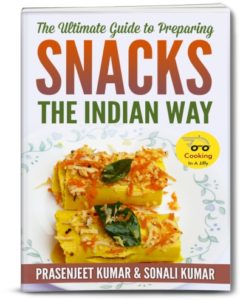
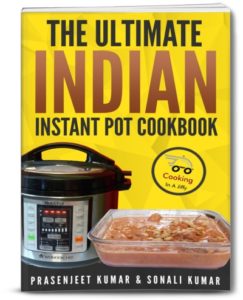
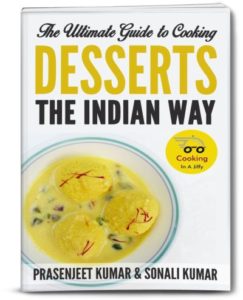
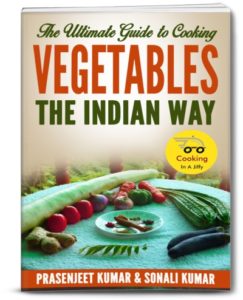
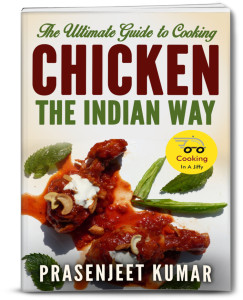
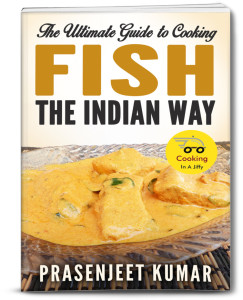
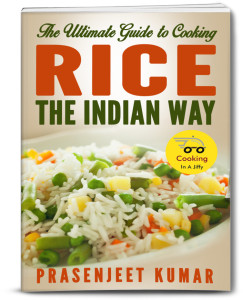
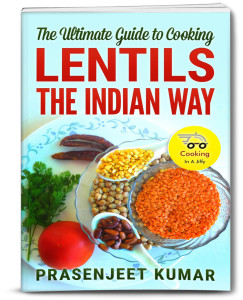
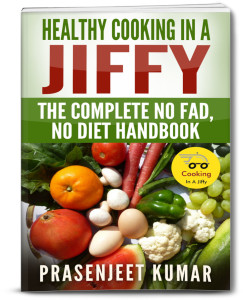
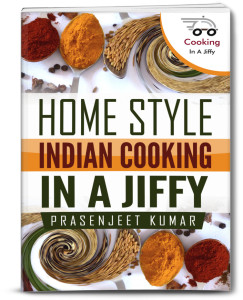
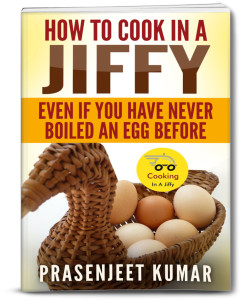

 Join Us On Facebook
Join Us On Facebook Join Us On Twitter
Join Us On Twitter Subscribe to Our Blog
Subscribe to Our Blog